Lecture: Dreams and Designers (1895 – 1905)
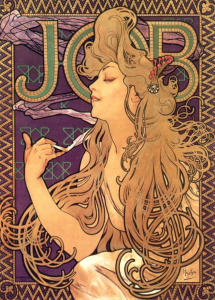
The Art Nouveau “Job” poster by Alphonse Mucha
The highlight of this week’s lecture is the transition from the Arts and Crafts movement to the Art Nouveau style. As a reaction to the poor quality of industrial production, the two movements borrowed elements from the past to promote craftsmanship. The main difference between the two, however, lies on the perspective towards the past and future. While Arts and Crafts continued to dwell in the past, Art Nouveau bridged the past inspirations to modernism. At first glance, the “Job” poster seems like a highly decorative poster that imitates the Rococo and Celtic styles. Yet, the poster also creates a really bold effect with the thick outline and the character breaking the frame. The contrasting effect with the delicate strings of hair leading to the spontaneous “whiplash” at the end was also something quite refreshing.
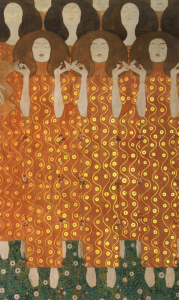
Beethovenfries by Gustav Klimts
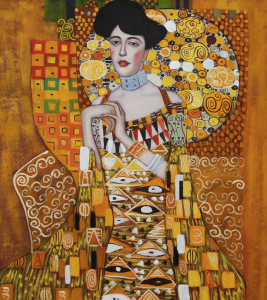
Portrait of Adele Bloch-Bauer I by Gustav Klimt
Following the cues of these movements in the late 19th century, new modern movement Vienna Secession emerged under the influential of Glasgow School of Art from Scotland .Secession artists like Gustav Klimt and Koloman Moser essential developed an “avant-garde” style that gave rise to the 20th century expressionism. Secession artists like Gustav Klimt and Koloman Moser essential developed an “avant-garde” style that gave rise to the 20th century expressionism. As shown in the Vienna Secession poster examples, the key element for Secession posters were gold, simple outline for the figures and meticulous clothing patterns. This artistic movement gave rise, a few years later, to one of the major movements of modern art, Expressionism.
Research: Modern Olympic (1896 – Today)
Did you know that the first Greek Olympic game dated back to 3,000 years ago? That’s even before the Common Era!
Adaptation & Changes
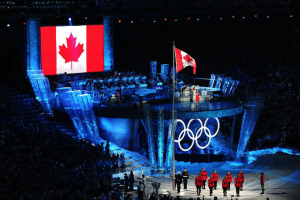
2010 Vancouver Winter Olympics
In 1896, the modern Olympic games, governed by International Olympic Committee (IOC), were finally born under the revival of the ancient Greek Olympic games in Athens, Greece. Today, the Olympic is known as the most renowned international sports competition including 200 nations’ participants.
Going through the economic and political changes in the 20th and 21st centuries, the modern Olympic games adapted to a few changes. The Winter Olympic Games was established in 1924 to feature snow and ice sport events like skating and ice hockey. The first one was officially held in Chamonix, France and since then, the Summer and Winter games have been alternating by each occurring every four years with them being two years apart. Well and as a Canadian, I also gotta also mention the 21st Winter Olympics held in 2010 Vancouver! With the received renovation budget of $150 million Canadian dollars, the event was held in several locations in BC including BC Place Stadium, Pacific Coliseum, the Vancouver Olympic/Paralympic Centre, the UBC Winter Sports Center as well Richmond Olympic Oval and Cypress Mountain.
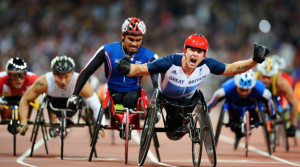
Paralympic Competition of Disabled People
Other than the adaptation of the Winter games, Paralympic games were organized among several hospitals in 1984 London to promote rehabilitation of soldiers after WWII. Today, the multi-sport event is continued to be held to encourage the participants with disabilities. The latest major change was the establishment of Youth Games in 2010. The Youth Olympic games encouraged the participation of athletes ranging from 14 to 18 years old. Under the influence of cultural changes, the upcoming Youth games will have events of mixed gender for both individual and team contests.
Impact & Cost
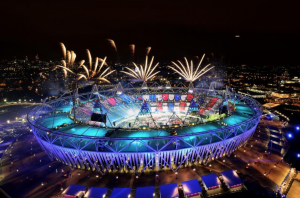
2016 Rio Summer Olympics
The economic benefits and impact of the Olympics can be calculated with the amount of spendings (hotels, transportation, food, gift, entertainment etc.) visitors of the event. Nevertheless, due to high cost, the Olymipics also became a financial burden to the host cities. Since 1960, overrunning budgets are very common for the games. The Average overrun is approximately 2.5 times the budget given.
The 2014 Sochi Games in Russia even ran with the net cost of around $39 to $58 billion with the $12 billion budge! In the aim to create an extraordinary opening ceremony and to welcoming platform for other nations, the Olympic games result in financial crisis for the government. Despite that, Olympic events helped increasing the cultural awareness as a tourist destination and opportunities for global trades. Not to mention, the global poll done by British Daily Mail stated that majority of participants from 18 out of 21 countries thought their nations’ performance in the Olympics also increased their sense of national pride.
It seems like the Modern Olympics has its fair share of pros and cons! With the contribution to raise profound social awareness, it also comes with the controversy and cost of the nations’ financial management. But what do you think? Do you think the revered Olympic games and opening ceremonies were worth the price?
Reference:
https://en.wikipedia.org/wiki/Olympic_Games#Changes_and_adaptations
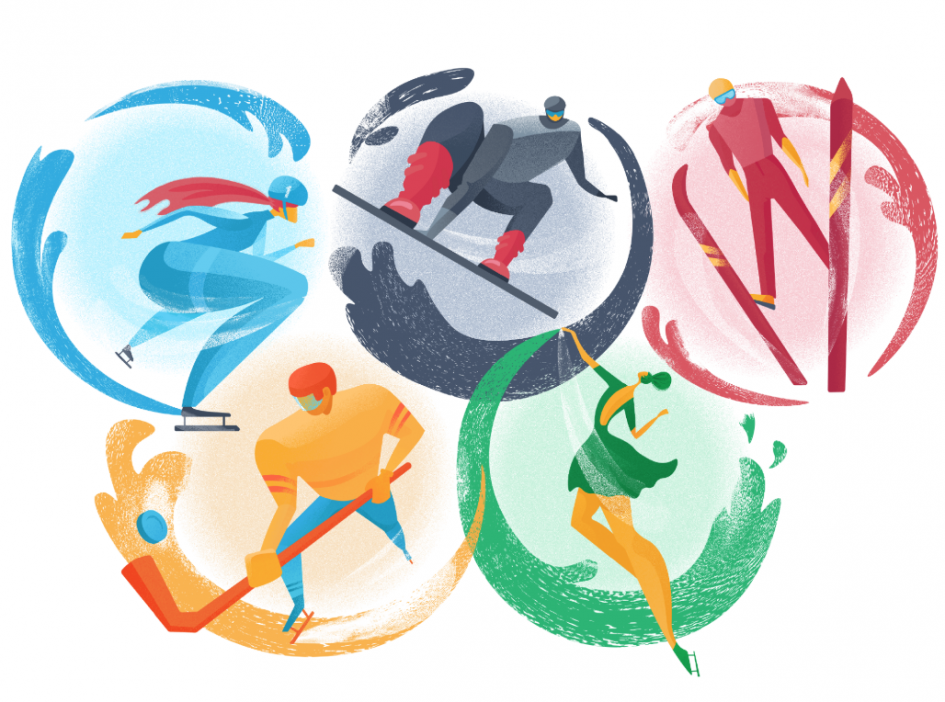
Recent Comments